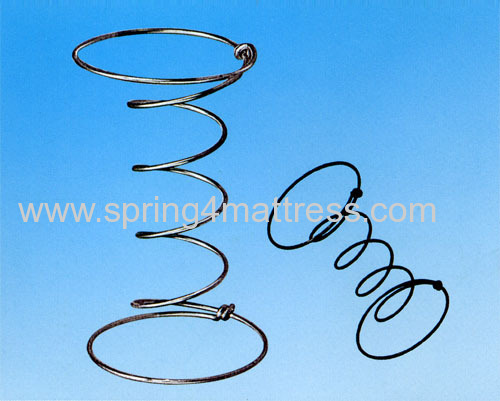Menu Info
History Of Spring

Content:
Simple non-coiled springs were used throughout human history e.g., the bow (and arrow). In the Bronze Age more sophisticated spring devices were used, as shown by the spread of tweezers in many cultures. Ctesibius of Alexandria developed a method for making bronze with spring-like characteristics by producing an alloy of bronze with an increased proportion of tin, and then hardening it by hammering after it is cast.
Coiled springs appeared early in the 15th century, in door locks. The first spring powered-clocks appeared in that century and evolved into the first large watches by the 16th century.
In 1676 British physicist Robert Hooke discovered the principle behind springs' action, that the force it exerts is proportional to its extension, now called Hooke's law.